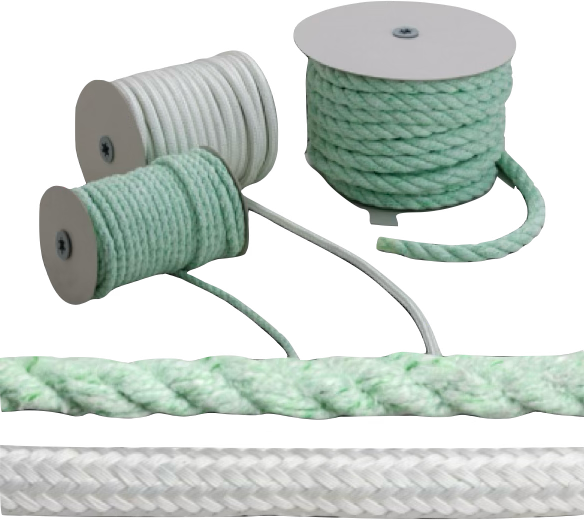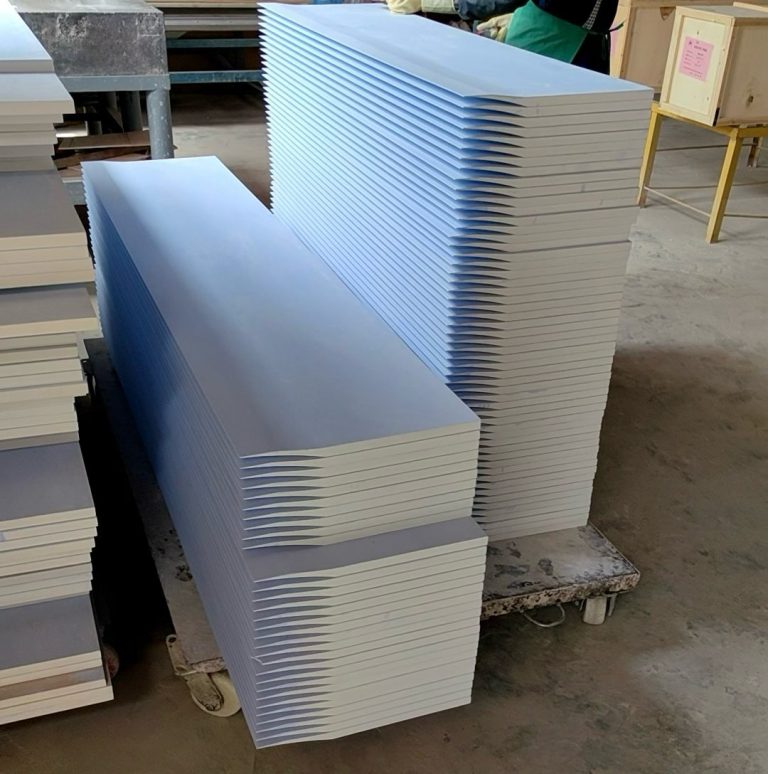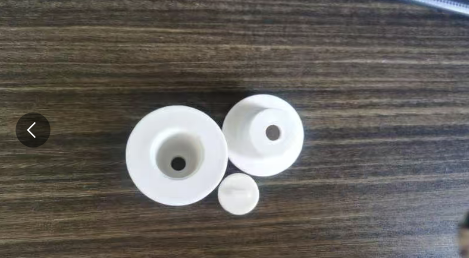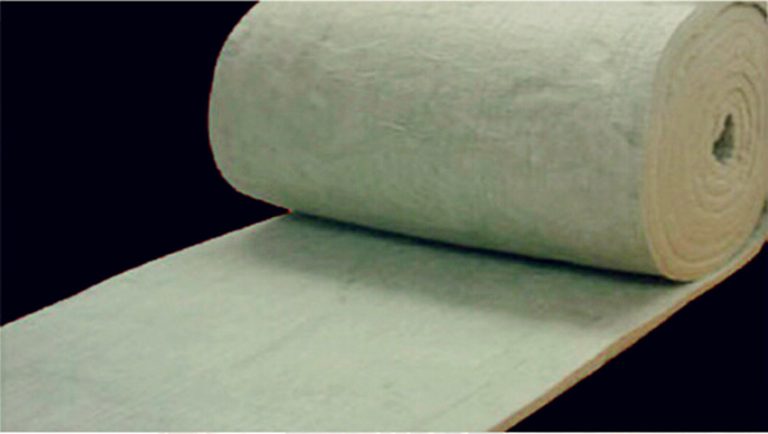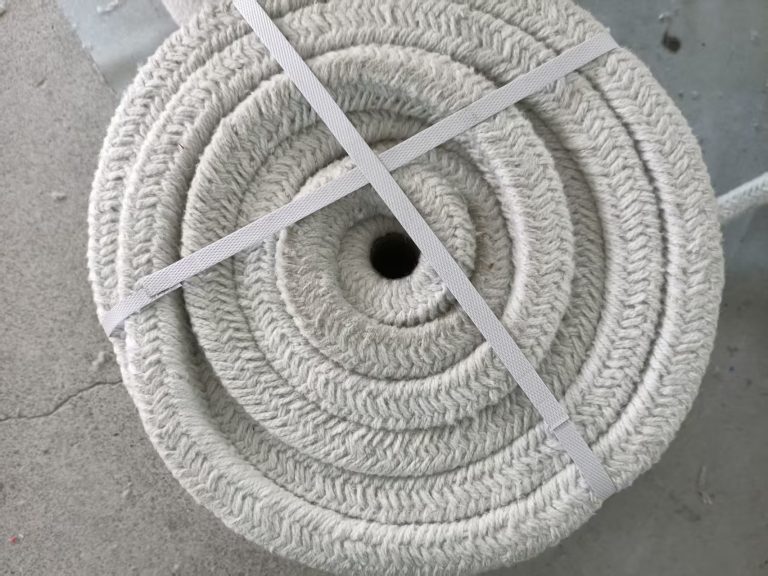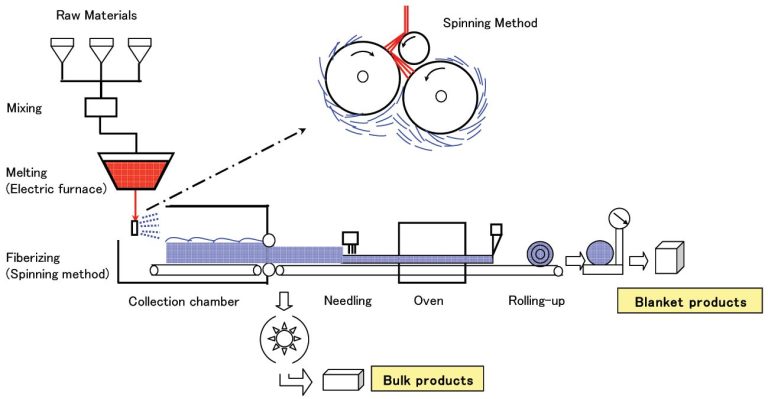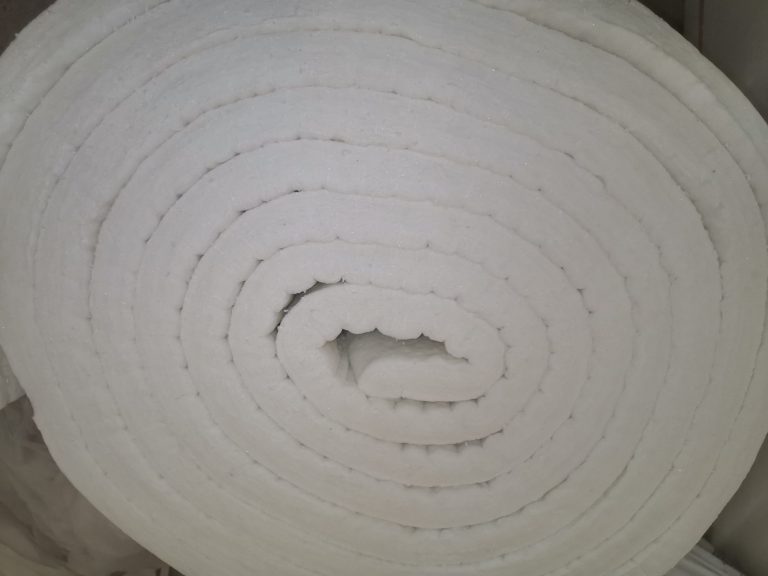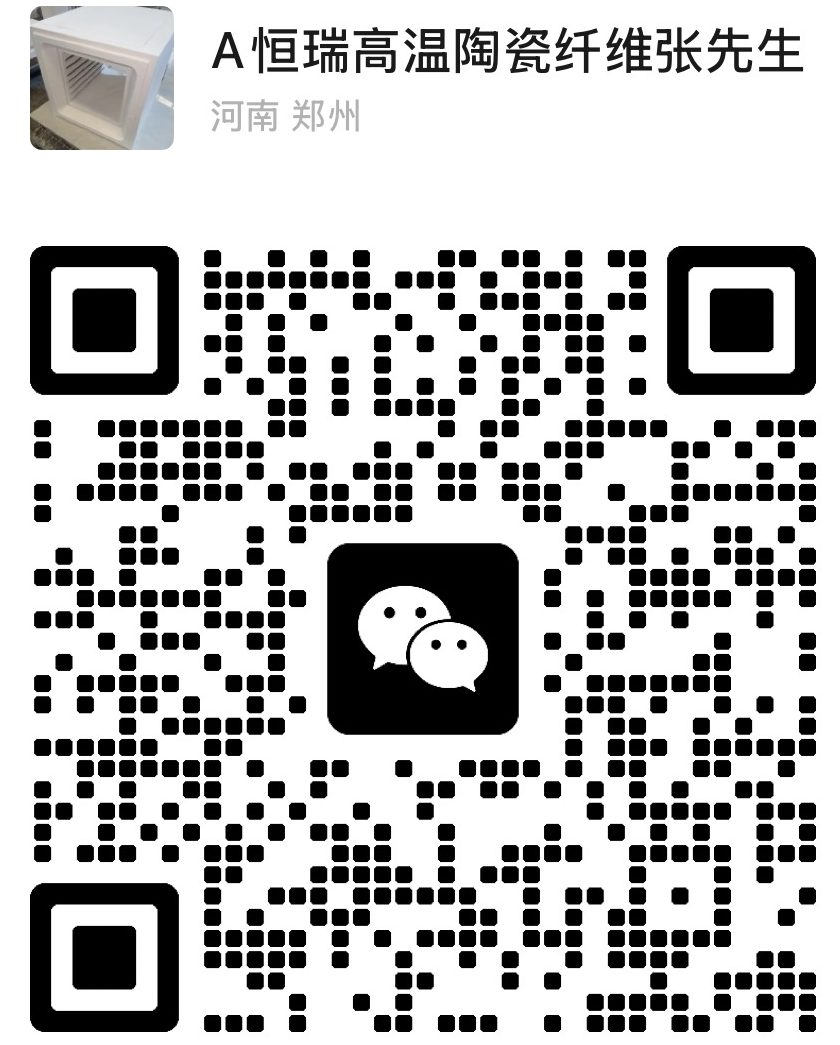Why More Professionals Are Choosing Hengeui Fiber Blankets: The New Industry Standard
In an era that prioritizes performance and sustainability, an innovative fiber blanket from South Korea is quietly transforming the selection criteria for professionals, from factory floors to high-end construction sites.
At 5 a.m., Richard, a maintenance manager at a chemical plant, faced a challenge: maintaining pipeline temperatures in extreme cold while ensuring the work area complied with the latest fire safety standards. His solution? A newly arrived batch of Hengeui fiber blankets.
This is no isolated case—engineers, safety experts, and project leaders worldwide are turning to this innovative material as an alternative to traditional insulation solutions. As industry demands for performance, safety, and environmental sustainability grow, Hengeui fiber blankets are becoming the preferred insulation material for professionals, thanks to their unique advantages.
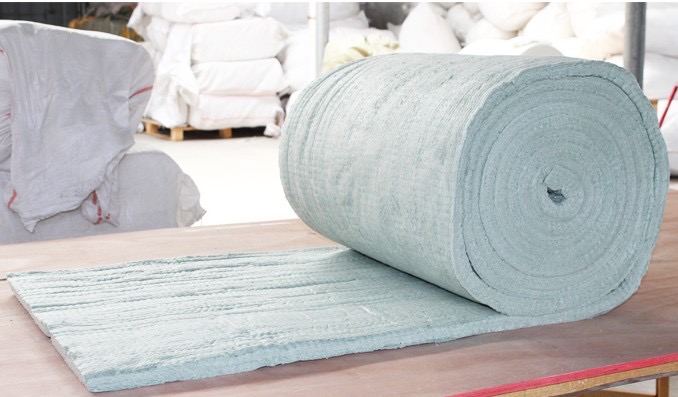
1. What Are Hengeui Fiber Blankets?
Hengeui fiber blankets are high-tech synthetic insulation materials originating from advanced textile technology in South Korea's Hengeui region. Unlike traditional fiberglass or rock wool, they feature a special polymer fiber structure manufactured through patented processes, resulting in a new material with exceptional thermal performance and outstanding safety characteristics.
Their core structure consists of millions of microfibers that form an insulating layer capable of effectively trapping air while remaining lightweight and flexible. This innovative design addresses a long-standing challenge in industrial insulation: balancing thermal efficiency with safety requirements.
2. Superior Thermal Performance
1. Unmatched Temperature Stability
Hengeui fiber blankets excel in extreme temperatures, withstanding ranges from -200°C to 650°C without losing insulating properties. This stability stems from their unique fiber structure, which does not melt at high temperatures or become brittle in low temperatures.
In contrast, traditional fiberglass begins to degrade structurally above 400°C, while conventional polymer insulation materials often crack or fail in cold environments.
2. Enhanced Thermal Efficiency and Reduced Energy Consumption
Real-world data show that using Hengeui fiber blankets can reduce surface heat loss in industrial equipment by up to 30%. One chemical plant reported significantly lower energy consumption after upgrading its pipeline insulation, recouping the material costs in just eight months.
With a thermal conductivity of just 0.033 W/(m·K), it outperforms most traditional insulation materials, meaning thinner layers can achieve the same insulating effect—offering greater flexibility in equipment design and space utilization.
3. Outstanding Safety Features
1. Top-Tier Fire Resistance
Safety is a top priority in industrial environments. Hengeui fiber blankets have undergone rigorous testing, meeting the highest fire safety standards (e.g., ASTM E84 Class A). When exposed to open flames, they do not fuel fires and only undergo limited surface charring, significantly reducing the risk of fire spread.
This makes them ideal for high-risk environments like petrochemical plants and power facilities, where flame-resistant textiles are subject to strict requirements.
2. Health-Friendly Design
Traditional insulation materials often release microfibers that pose respiratory hazards. Hengeui fiber blankets feature a dust-free, non-irritating fiber structure, producing no harmful particles during installation or maintenance.
Their composition complies with EU REACH certification, containing no asbestos, formaldehyde, or other harmful volatiles. This addresses long-standing occupational health challenges in industrial settings, providing a safer work environment.
4. Environmental and Sustainability Advantages
1. Recyclable Materials and Low-Carbon Manufacturing
Hengeui fiber blankets are made with up to 40% recycled materials, and their production relies on renewable energy, resulting in a carbon footprint 65% lower than traditional insulation materials. At the end of their lifecycle, they are fully recyclable, aligning with circular economy principles.
2. Longevity Reduces Waste
With an average lifespan exceeding 15 years—far surpassing the industry standard of 8–10 years—their anti-aging formulation and durable structure minimize replacement frequency, significantly lowering long-term maintenance costs and environmental impact.
5. Why Are Professionals Making the Switch?
1. Real-World Applications
- Oil & Gas Industry: Offshore platforms use Hengeui fiber blankets to address insulation and fireproofing challenges in confined spaces.
- Pharmaceutical Plants: Cleanroom environments leverage their dust-free properties to meet strict GMP standards.
- High-Tech Manufacturing: Semiconductor factories rely on their static-control features to protect sensitive equipment.
- Building Insulation: High-end commercial buildings incorporate them into curtain wall systems to enhance energy efficiency.
2. Lower Total Cost of Ownership
Though the initial investment is 15–20% higher than traditional materials, professionals prioritize the significant reduction in total ownership costs, including:
- Energy savings (up to 30%)
- Reduced maintenance costs (50% longer material lifespan)
- Faster installation (40% improved efficiency due to flexibility)
- Lower safety risk costs (reduced accident-related expenses)
6. Industry Expert Opinions and Future Trends
"In our two decades of industrial insulation engineering, we've never encountered a material like Hengeui that so comprehensively addresses thermal efficiency, safety, and sustainability," remarked the chief materials expert of a globally renowned engineering firm.
As the world advances toward carbon neutrality, the high-performance insulation market is projected to grow at a CAGR of 7.5%. Hengeui fiber blanket manufacturers are collaborating with research institutions to develop next-gen smart insulation products, including cutting-edge technologies like integrated temperature sensing and self-healing capabilities.


